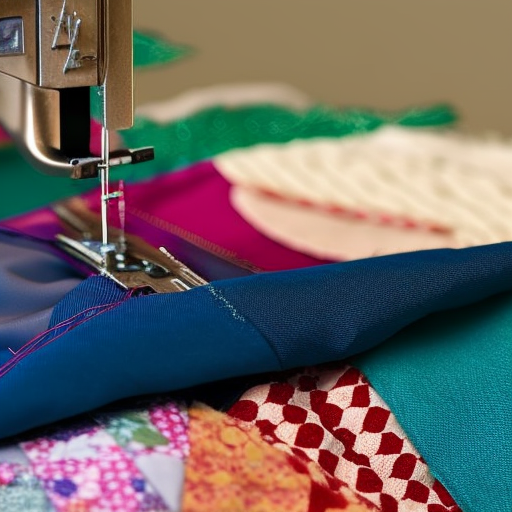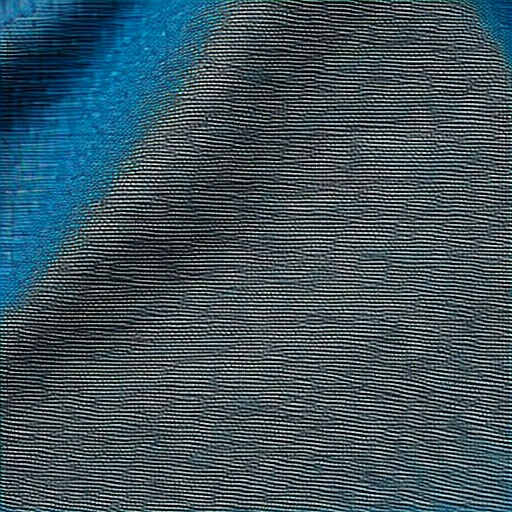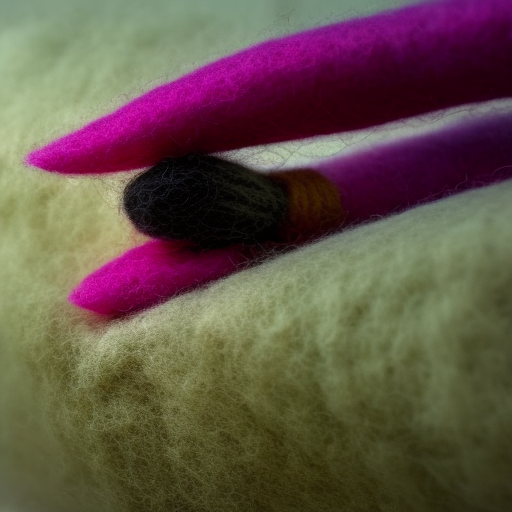
Sewing different fabrics together can be both a creative and functional way to combine various materials to make unique and customized items. Whether you are a passionate crafter or a professional seamstress, the ability to blend different fabrics can add depth, texture, and interest to your sewing projects.

Choosing the Right Fabrics
When selecting fabrics to sew together, it’s essential to consider their compatibility. Different fabrics have varying thicknesses, weaves, and stretchiness, which can affect the overall outcome of your project. Here are a few tips:
- Similar Weight: Combining fabrics of similar weight ensures that neither fabric overpowers the other, creating a balanced final product.
- Compatible Stretch: If one fabric has stretch properties, pairing it with another stretchy fabric can help maintain the overall flexibility of the sewn piece.
- Weave Compatibility: If you intend to sew fabrics with different weaves, be aware that the result may not have a uniform appearance. Experimentation is key.
Matching Techniques to Fabric Types
Once you have selected the fabrics for your project, it’s important to match the sewing techniques to the specific fabric types. Here are some essential techniques to consider:
- Straight Stitching: Straight stitching is suitable for sewing fabrics that do not stretch, like cotton or linen.
- Zigzag Stitching: Zigzag stitching is ideal for fabrics with stretch properties, such as knits or spandex, as it provides flexibility without breaking the seam.
- Using Interfacing: If trying to sew fabrics with different characteristics, using interfacing between the layers can help create stability and improve their compatibility.
Additional Tips and Considerations
Here are a few extra tips to ensure successful sewing when combining different fabrics:
- Always test your stitching on scrap fabric before sewing the actual project, especially if you are using new or unfamiliar materials.
- Consider using a universal needle suitable for a wide range of fabrics or choose specific needles depending on the fabric’s thickness and composition.
- Pinning fabrics together before sewing helps maintain alignment and prevents shifting during the stitching process.
- Ironing the seams as you go will ensure a tidy, professional finish by flattening out any wrinkles or puckering.
With these tips in mind, you will be able to successfully sew different fabrics together to create stunning quilts, clothing, accessories, and beyond. Don’t be afraid to experiment with combinations and techniques to unlock your creative potential!





Sewing different fabrics together is a great way to make a unique piece of clothing or fabric item!
#GreatIdea!
Definitely agree. What a creative way to express yourself through your clothing!
#TrueCreativity – Sewing different fabrics together opens up the doors to endless possibilities! Not only is it a great way to make a one-of-a-kind item, but it also helps us explore our own creativity in unique ways. Plus, it can add some excitement to a wardrobe!
Sewing different fabrics together is a great way to combine your favorite textures and hues! #StunningCombinations!